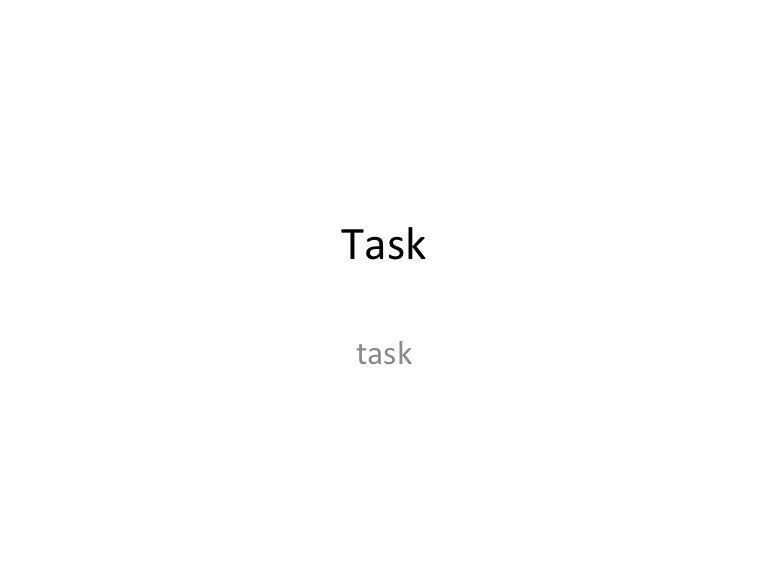

- #Taskpaper review how to
- #Taskpaper review archive
- #Taskpaper review software
- #Taskpaper review series
For instance, if you’re searching for tasks containing the word 'buy’, marked as urgent and note done yet, you just have to type in the filter box: buy and and not simple, I told you. The filtering system has almost no learning curve as it is natural language-based. You can focus on specific projects and/or tags and use filters to sort out your long to-do list to just a few items. It looks like a simple text editor but it is a lot more. What sets TaskPaper apart: powerful but not overwhelming and super flexibleĭespite being incredbly simple to use, TaskPaper is strikingly powerful. Put in other words: using TaskPaper is just like using pen and paper, but a magical paper. But do it knowing that TaskPaper will take care of it for you the way your list deserves. Just type a list of things as you would have probably done it fifteen years ago within the most basic text editor your operating system comes with.
#Taskpaper review how to
What strikes me the most with TaskPaper is that you don’t have to learn how to use it before using it.
#Taskpaper review archive
When you’ve done with a task, you can just delete it or mark it as done (which will nicely format the text as strike-through) and even archive it.Īnd this is all you need to know to start using TaskPaper. Anything else (i.e text not started by a dash, not ended by a colon, or not preceded by is considered as notes. If wherever in the text you prepend the email symbol to a word, this word becomes a tag.

If instead of adding a colon at the end of the line, you start the line with a dash followed by a space, TaskPaper recognizes this text entry as a task and formats it accordingly. Add a colon to the end of the line you’ve just typed, and TaskPaper automatically formats the text and convert this simple task into a project. To add things to your to-do list in TaskPaper, you just have to type text. Jesse Grosjean (CEO of Hog Bay Software) put online a 9-minute video explaining TaskPaper if you wish to see it in action. In a nutshell, TaskPaper is a fully customizable text editor with auto-formatting, an elegant, simple but flexible UI and a very powerful yet super easy to use search engine, all of this being specially and cleverly thought for task management. At first sight, its UI may look really basic but trust me, there’s a lot more under the hood. TaskPaper is super-fast, super reliable and doesn’t get in your way. However, with all these three apps, I finally found myself more dealing with all the nice program views / data sorting possibilities than actively doing things. They also don’t strictly depends on the GTD-way of capturing, sorting and doing things, though both apps are flexible enough to let you use it GTD-style if you wish. In short, Things and The Hit List both takes a fresher, more modern approach and both sport a really nicer UI (special mention to the Cards view of The Hit List). I have to say this is not the most beautiful UI I’ve met, though this is a matter of personal taste (and while there are a lot of custom themes to download over the web, all the ones I’ve encountered retain the original somewhat spartan appearance, probably due to customization limitations).


It’s also the app sticking most with the GTD concepts out-of-the-box. All these apps are excellent and feature-packed. Over the last five years, I’ve tried three other Mac ‘to-do list apps’: OmniFocus, Things and The Hit List.
#Taskpaper review software
TaskPaper by Jesse Grosjean’s Hog Bay Software is a to-do list app that is, as Jesse writes, “surprisingly adept”.
#Taskpaper review series
The title of this series says it all: each post will describe an app 1 that I love using and explain why I love this app (often by comparing it to other equivalent apps). This is the first post in the “Apps I Love” series.


 0 kommentar(er)
0 kommentar(er)
